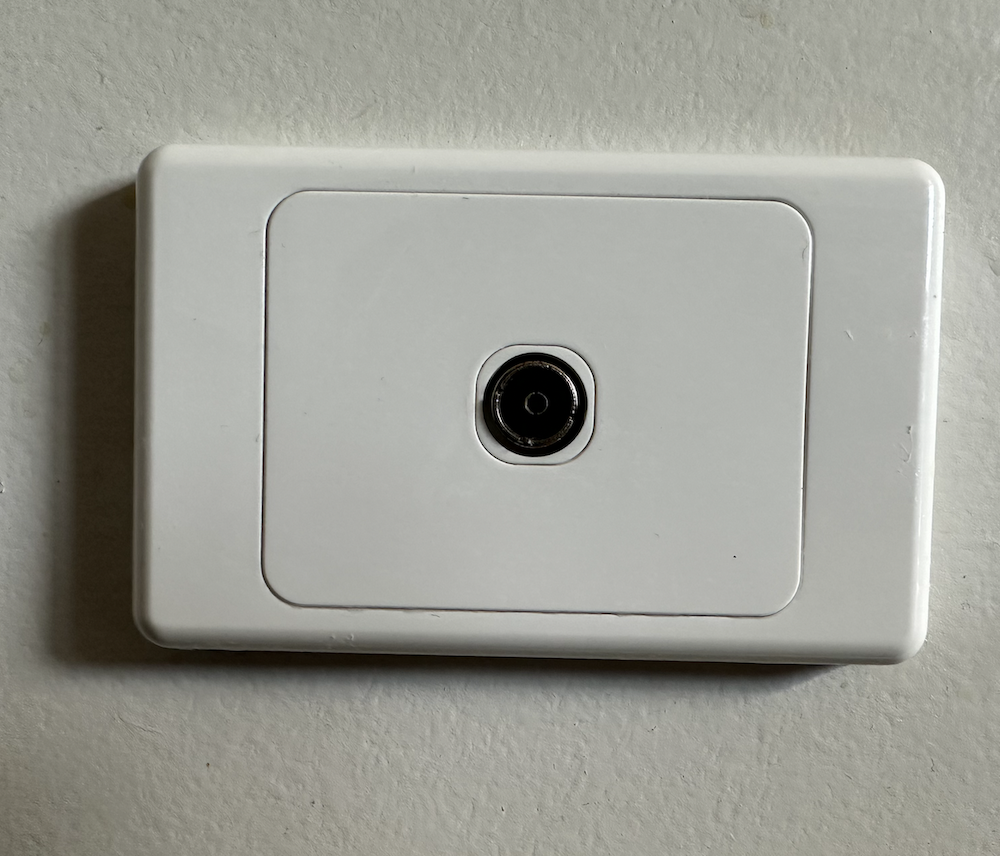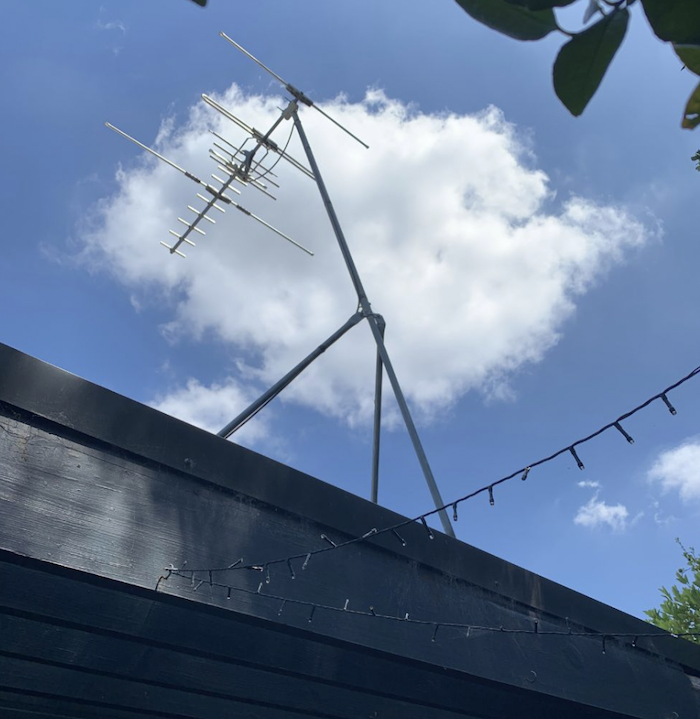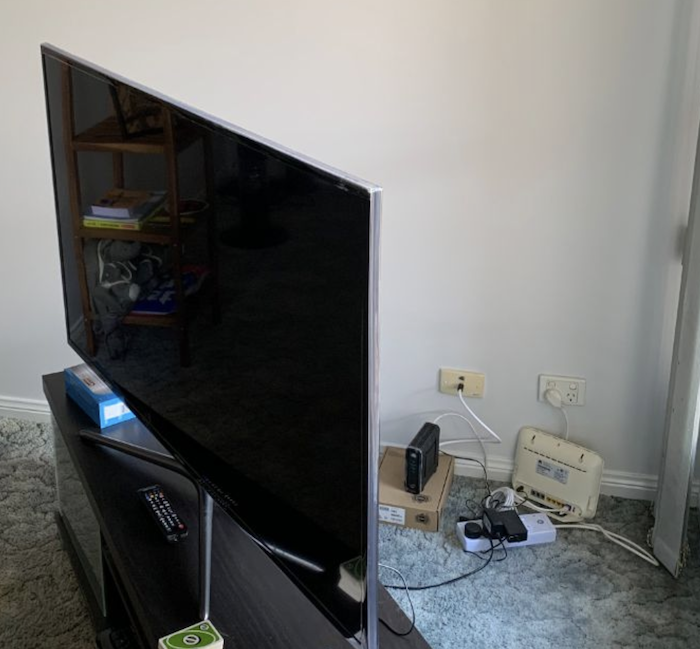
Have you ever wondered if you can watch your smart TV when it is not plugged into an antenna? Smart TVs are designed to connect to the internet and stream content from various online platforms such as Netflix, YouTube, or Amazon Prime Video.
You can use an internet connection, either through Wi-Fi or an Ethernet cable, to access these streaming services and watch your favourite shows and movies.
Additionally, you can use devices such as Apple TV, Chromecast, or Roku to stream content to your smart TV if you don’t have an antenna socket. These devices connect to your TV through HDMI and provide access to a wide range of streaming services.
WHAT IS A SMART TV?
A smart TV is a television that has built-in internet connectivity and can access online streaming services, apps, and other internet-based features. It allows users to watch their favourite shows, movies, and videos directly from the internet without the need for additional devices, such as a separate streaming box or Blu-ray player.
Smart TVs also often come with a variety of other features, such as voice control, screen mirroring, and the ability to install and use various apps.
With a smart TV, users can not only watch traditional cable or satellite TV channels but also access a wide range of online content, making it a more versatile and convenient option for entertainment.
TYPES OF TVS IN AUSTRALIA IN 2023
4K ULTRA HD TV
Experience the ultimate cinematic immersion in the comfort of your own home with a 4K Ultra HD TV. This cutting-edge technology offers unparalleled playback capabilities and supports high-resolution audio and video content. With its impressive features like 4K video streaming and upscaling, you can enjoy a wide range of content on your compatible TV with uncompromised clarity.
The inclusion of HDR10, BT.2020 colour spaces, and Dolby Vision support ensures that this 4K Ultra HD TV delivers stunning visuals with brilliant colours, optimized brightness, and contrast levels for lifelike images. Even if you have a conventional SDR television, this compact 4K Ultra HD player’s HDR-SDR conversion technology allows you to enjoy the breathtaking quality of 4K HDR media content. It seamlessly transforms the content to be compatible with your television’s capabilities.
Not only does this Blu-Ray player provide exceptional visual experiences but it also enhances your audio enjoyment. Featuring Dolby Atmos and DTS:X technology, it delivers immersive high-resolution sound that brings movies and music to life. Additionally, this Sony Blu-Ray player is compatible with a wide range of disc formats including DVD, CD as well as various video and audio formats. You have the freedom to enjoy all your favourite multimedia content without any limitations or restrictions.
SMART TV
Experience an exceptional home viewing experience with the Smart TV. Enjoy your favorite movies and shows with ease, thanks to its intuitive VIDAA U5 interface that allows you to quickly select your multimedia content. Plus, enhance your entertainment options by downloading the VIDAA Mobile App for convenient control and sharing from your mobile device.
Key Features:
Optimum colour reproduction: The Smart TV is integrated with Natural Color Enhancer technology, ensuring vibrant and accurate colours for a lifelike visual experience.
Sharp and clear visuals: Built-in noise reduction technology analyzes the input signal, eliminating noise to deliver sharp and clear images on the screen.
Versatile connectivity: With USB, HDMI, and WiFi connectivity options, you can easily access content from various sources including external devices or online streaming platforms.
Game Mode enabled: Minimize delay when playing video games on your connected console or computer by enabling Game Mode for a seamless gaming experience.
Immersive Sports Mode: Select Sports Mode during your favourite team’s games to enhance the watching experience with optimized settings tailored for sports broadcasts.
SMART HOME TV
Get ready to immerse yourself in stunning visuals and superb sound with the Smart home TV. Experience sharp and vivid image quality with 4K resolution, ensuring every detail comes to life on your screen.
The Quantum Dot technology delivers a wide colour range and enhanced contrast for a truly immersive viewing experience. But this TV has more than just great picture quality. With its Ambient mode, you can display art, photos, or useful information when the TV is not in use, adding a touch of personalization to your space.
Enjoy easy use and connectivity with smart features like voice control and screen mirroring. And speaking of convenience, this TV comes equipped with Bixby and Alexa virtual assistants for hands-free control of your TV as well as other smart home devices.
The OneRemote ensures simplified and intuitive control of all your compatible devices, eliminating the need for multiple remotes cluttering up your space. Connectivity is made easy with multiple HDMI and USB ports, allowing you to conveniently connect gaming consoles, soundbars, or any other devices you may have. Adaptive Sound technology optimizes audio quality based on your room’s acoustics and the content you’re watching – so whether it’s an action-packed movie or soothing music playing in the background – you’ll always get optimal audio experience.
WHAT IS AN ANTENNA OR AERIAL SOCKET?
An antenna or aerial socket is a connector found on televisions, radios, and other electronic devices that are used to connect an antenna or aerial cable. The purpose of the socket is to receive and transmit electromagnetic waves that carry television or radio signals.
The cable is usually connected to an external antenna or aerial, which captures the signals and sends them to the device through the socket. This allows the device to pick up and display television or radio channels. Antenna or aerial sockets can vary in design and type, but they generally serve the same purpose of facilitating the connection between the device and the antenna or aerial.
WHAT DOES AN ANTENNA OR AERIAL SOCKET LOOK LIKE?
An aerial socket in Australia looks like a circular metal hole, with a point for a pin in the centre.

HOW DO I KNOW IF I HAVE A DIGITAL TV?
To determine if you have a digital TV, there are a few things you can check.
Look at the TV itself. If it is a newer flat-screen TV, chances are it is a digital TV. Another way to check is by looking for a built-in digital tuner. This tuner allows you to receive over-the-air digital broadcasts.
If your TV has an antenna input or a coaxial input labelled “ANT/CABLE,” it likely has a digital tuner. Additionally, you can check the TV’s manual or specifications online to see if it mentions a digital tuner.
If none of these options work, you can contact the manufacturer or consult a professional for assistance.
CAN I WATCH A SMART TV IN AUSTRALIA WITHOUT AN ANTENNA SOCKET?
Yes, you can watch a smart TV in Australia without an antenna socket. Smart TVs have various ways to access content, including streaming services like Netflix, Hulu, and Amazon Prime Video. These streaming services allow you to watch a wide range of movies and TV shows without the need for an antenna.
You can connect your smart TV to the internet via Wi-Fi or an Ethernet cable to access online content.
This means that you can still enjoy a variety of entertainment options on your smart TV even without an antenna socket.
However, you will not be able to watch free to air live TV. This you need an antenna or aerial for.
WHAT ARE THE DIFFERENT TYPES OF ANTENNAS FOR A SMART TV?

There are several types of antennas that can be used for a smart TV.
Antenna options for Smart TVs:
Indoor Antennas: These antennas are designed to be placed inside your home, usually near your TV. They are compact and easy to install. Indoor antennas are great for areas with strong signal reception.
Outdoor Antennas: If you live in an area with weak signal reception or far from broadcast towers, an outdoor antenna might be a better option. These antennas are mounted on the roof or exterior of your home, allowing for better signal capture.
Amplified Antennas: Amplified antennas have built-in amplifiers that boost the signal strength. They are ideal for areas with weak signals or if you are far away from broadcast towers. However, they may also pick up more noise or interference.
Flat Panel Antennas: Flat panel antennas are sleek and modern-looking. They can be placed on a wall or window, blending in with your home decor. These antennas are usually compact and designed for indoor use.
Yagi Antennas: Yagi antennas are designed to capture signals from a specific direction. They have multiple elements, including a reflector and directors, to enhance signal reception. Yagi antennas are typically used in areas with distant or weak signals. It is important to note that the type of antenna you choose will depend on factors such as your location, signal strength, and the distance from broadcast towers.
It is also recommended to do some research or consult with an expert to determine the best antenna option for your specific needs.
WHY AM I NOT GETTING RECEPTION TO MY SMART TV?

There could be several reasons why you are not getting reception on your smart TV. First, make sure that your TV is properly connected to your Wi-Fi network or Ethernet cable.
Check if there are any issues with your internet connection by testing it on other devices. If the internet is working fine, then the problem might be with the TV antenna.
Ensure that the antenna is properly connected and positioned to receive a strong signal. Sometimes, obstacles like walls or buildings can interfere with the signal, so try repositioning the antenna to see if that improves reception.
Make sure that your TV’s firmware and software are up to date by checking for any available updates. If the issue persists, it may be a good idea to consult the user manual or contact the manufacturer or a professional for further assistance.
SMART VRS DIGITAL TV, IS THERE A DIFFERENCE?
Yes, there is a difference between SMART TV and Digital TV. A SMART TV, also known as a connected TV, is a television that has internet connectivity and built-in apps, allowing users to stream content from platforms like Netflix and YouTube, browse the internet, and access social media sites.
It essentially combines the features of a television and a computer. On the other hand, a Digital TV refers to the type of television signal being received.
Digital TVs use digital signals to transmit audio and video, providing a higher quality and clearer picture compared to analog signals. It allows for better reception, more channels, and additional features such as electronic program guides (EPG) and interactive services.
While it is possible for a TV to be both SMART and Digital, they are not the same thing. SMART TV refers to the functionality and capabilities of the television, while Digital TV refers to the signal being received and the technology used for transmission.
WHY HAVE I SUDDENLY GOT NO TV SIGNAL?

There could be several reasons why you suddenly lost TV signal.
A few common causes for TVs to have no signal:
Check for any loose cables or connections between your TV and antenna or cable box. A loose connection can disrupt the signal and result in no TV signal.
Bad weather conditions such as heavy rain or strong winds can cause interference with the signal. In such cases, it is best to wait until the weather clears up before expecting a stable TV signal.
Wrong position. Your antenna might be improperly positioned. If it has moved or shifted, try readjusting it to a better position, preferably higher up and with a clear line of sight to the transmission tower.
TV issue. There could be an issue with your TV or cable box. Try restarting both devices and see if that resolves the problem. If not, you may need to contact your service provider or a technician for further assistance.
Possible outages. It is also possible that there is an outage or maintenance work happening in your area. Check if your neighbours are experiencing the same issue. If so, it is likely a temporary problem that will be resolved by your service provider soon.
Remember to check for these common issues before assuming a more serious problem.
HOW TO FIX NO SIGNAL ON TV

If you are experiencing a “No Signal” error on your TV, there are a few steps you can take to fix the issue.
Check that all cables are securely connected to your TV and any external devices such as cable boxes or game consoles.
If the cables are loose, simply reinsert them and try again. If the cables are securely connected and you are still seeing the “No Signal” error, try troubleshooting your TV by turning it off and unplugging it from the power source.
Wait for about 10-15 seconds and then plug it back in and turn it on again. This can often reset any glitches or errors that may be causing the issue.
You can also try checking the input source on your TV. Using the remote control, navigate to the input or source button and select the corresponding input for your device, such as HDMI or AV.
Sometimes, the TV may have automatically switched to a different input source and is no longer receiving a signal. If none of these steps work, it may be worth checking with your cable or satellite provider to ensure there are no outages or issues with the signal in your area. They may be able to provide further assistance or send a technician to your location.




